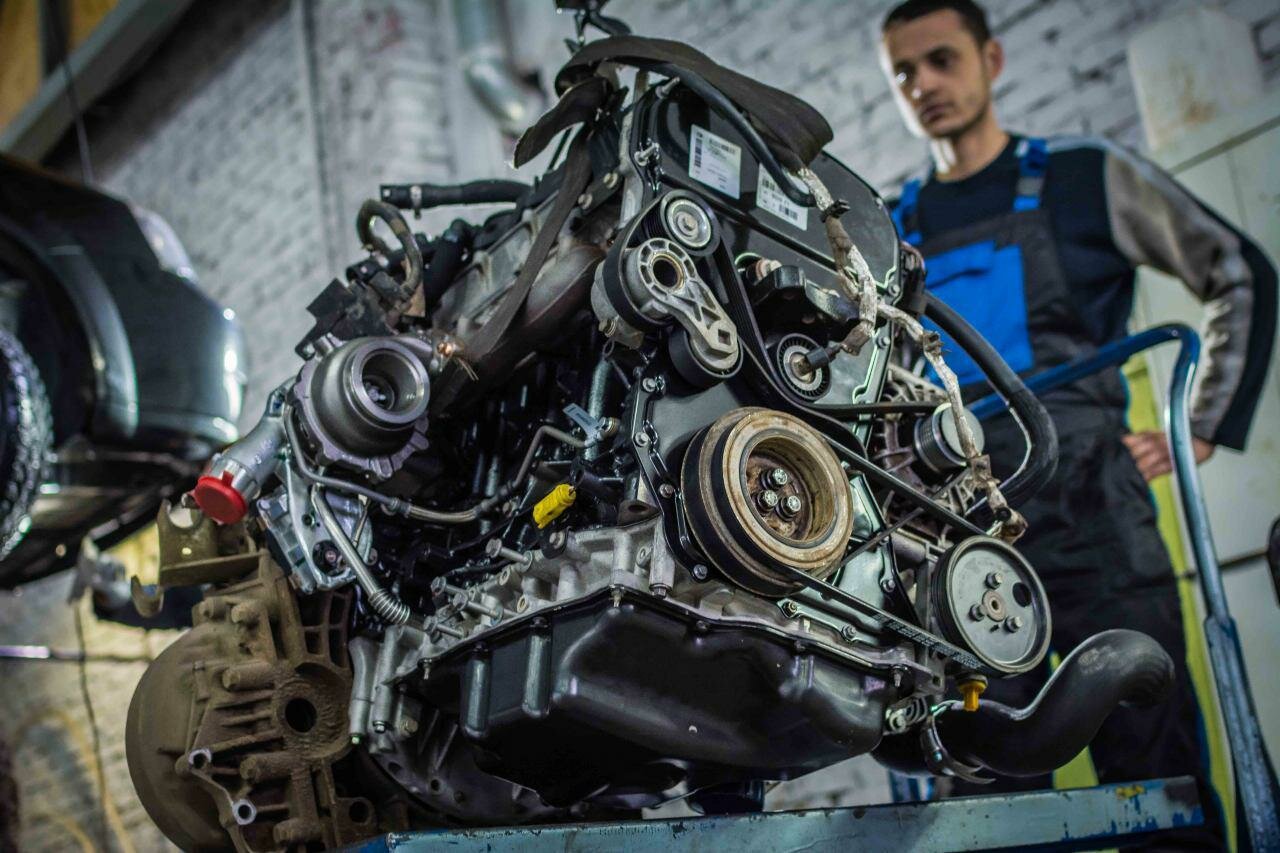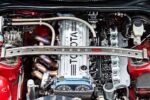Dodge Hellcat Engine: A Brief Overview
The Dodge Hellcat engine has become synonymous with raw power and performance since its debut in 2015. This supercharged 6.2-liter HEMI V8 engine was designed to push the limits of American muscle cars, delivering an astonishing 707 horsepower in its standard form, with some variants reaching up to 840 horsepower. The Hellcat was introduced as part of Dodge’s effort to revive the muscle car segment, appealing to enthusiasts who crave speed and adrenaline. The engine quickly gained a cult following, thanks to its aggressive styling, ferocious acceleration, and the unmistakable roar that accompanies its performance.
The Allure of Power and Performance
Dodge positioned the Hellcat as a flagship model, showcasing its engineering prowess and commitment to performance. The Hellcat engine is not just about numbers; it represents a lifestyle and a passion for driving that many enthusiasts hold dear. However, with great power comes great responsibility, and the Hellcat has not been without its share of issues. As the popularity of the Hellcat grew, so did reports of various engine-related problems, which have raised concerns among owners and potential buyers alike.
In this article, we will delve into the specific engine problems that have plagued the Dodge Hellcat, examining their frequency, severity, and potential implications for safety and performance. Understanding these issues is crucial for anyone considering investing in a Hellcat, as they can significantly affect the ownership experience.
Dodge Hellcat Engine Problems: An In-Depth Analysis
The Dodge Hellcat engine, while celebrated for its power and performance, has been the subject of numerous complaints and issues that cannot be overlooked. As with any high-performance vehicle, the Hellcat’s engineering comes with its own set of challenges. Below, we will explore some of the most common engine problems reported by owners, along with their potential consequences.
Common Engine Issues
The following are some of the most frequently reported problems associated with the Dodge Hellcat engine:
- Oil Consumption: Many Hellcat owners have reported excessive oil consumption, which can lead to engine wear and potential failure if not addressed promptly.
- Supercharger Problems: Some users have experienced issues with the supercharger, including noise and performance degradation, which can impact overall power delivery.
- Fuel System Issues: Problems with the fuel injectors and fuel pumps have been noted, leading to rough idling and decreased performance.
- Cooling System Failures: Overheating can occur due to cooling system malfunctions, which can cause serious engine damage if not resolved.
- Electrical Problems: Various electrical issues, including sensor failures, can lead to performance inconsistencies and warning lights on the dashboard.
Severity and Frequency of Issues
The severity of these problems can vary widely. Some owners may experience minor inconveniences, while others face significant repair costs and extended downtime. The frequency of these issues has led to a growing concern within the Hellcat community, prompting many to seek solutions or modifications to mitigate risks.
Impact on Performance and Safety
While the Hellcat is designed for high performance, these engine problems can compromise both performance and safety. For instance, an overheating engine can lead to catastrophic failure, while fuel system issues can result in unexpected power loss during acceleration. Such scenarios can pose serious risks to drivers and others on the road.
Symptoms and Consequences
Understanding the symptoms associated with these engine problems is crucial for Hellcat owners. Below is a table summarizing common symptoms and their potential consequences:
| Symptoms | Consequences |
|---|---|
| Excessive oil consumption | Increased engine wear, potential engine failure |
| Supercharger noise or performance drop | Reduced power output, possible supercharger failure |
| Rough idling or stalling | Decreased performance, potential safety hazards |
| Overheating | Severe engine damage, costly repairs |
| Dashboard warning lights | Indicates underlying issues that need immediate attention |
Top views |
|
|---|---|
 |
Oil, Timing Chains, Pistons: What Really Kills an Engine Prematurely? |
 |
How to Choose a Car with a Reliable Engine: Used Car Market Hacks That Actually Work |
Conclusion
The Dodge Hellcat engine, while a marvel of engineering, is not without its flaws. Owners must remain vigilant and proactive in monitoring their vehicles for the symptoms outlined above. Addressing these issues promptly can help mitigate the risks associated with high-performance driving and ensure a more enjoyable ownership experience.




0 Comments